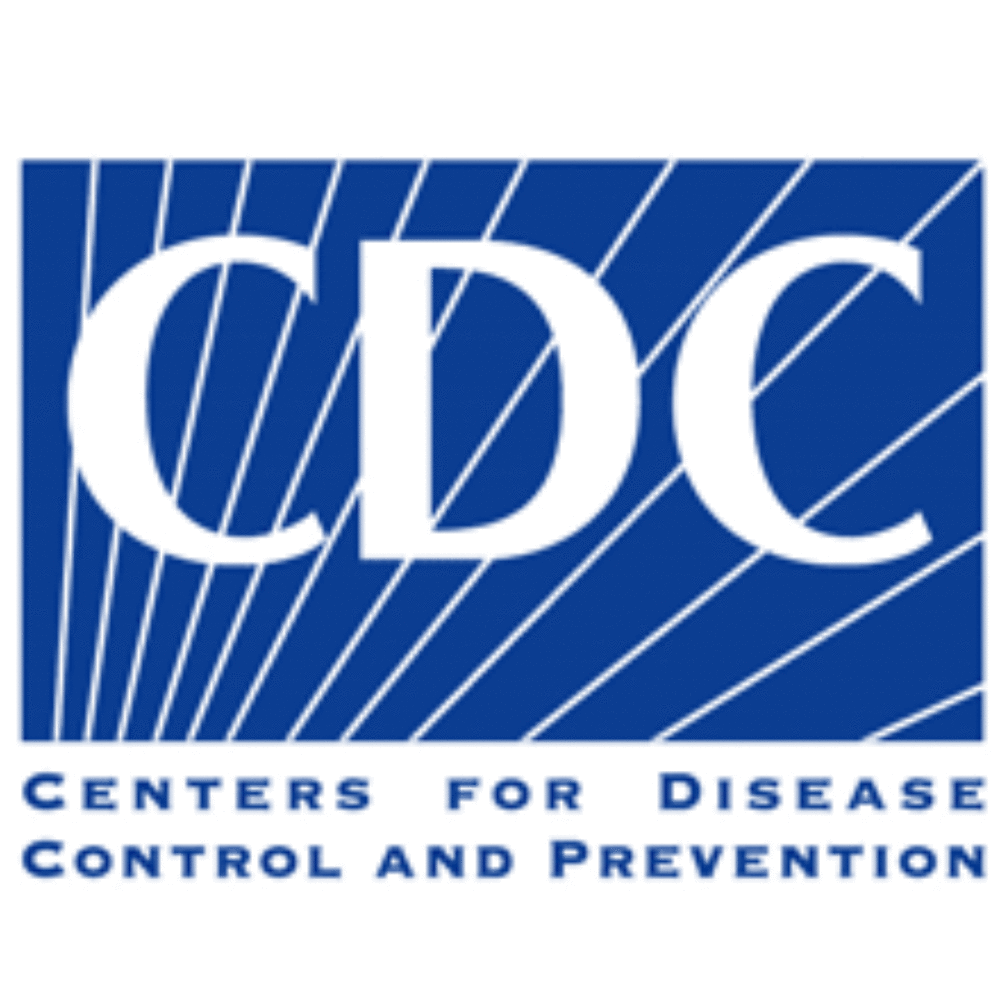Salmonella Poisoning Cases Up, E. Coli Poisoning Down in U.S.: CDC

The number of people who fall ill from salmonella food poisoning has been increasing steadily in the United States over the last few years, even while the number of E. coli infections remain on the decline, according to a new report from federal health experts.
The U.S. Centers for Disease Control and Prevention (CDC) released a Vital Signs report [PDF] this week that details the estimated number of food poisoning infections that struck Americans in 2010.
About 48 million people in the United States fell ill due to contaminated food last year, of which there were about 128,000 hospitalizations and about 3,000 deaths, according to the CDC report.

Did You Know?
Millions of Philips CPAP Machines Recalled
Philips DreamStation, CPAP and BiPAP machines sold in recent years may pose a risk of cancer, lung damage and other injuries.
Learn MoreWhile the CDCs findings showed no significant change in the overall number of food poisoning illnesses in recent years, salmonella poisoning cases have increased 10% over the last four years, with last year’s salmonella infection numbers inflated by a contaminated egg outbreak that sickened an estimated 56,000 people.
The CDC gets its numbers from the Foodborne Diseases Active Surveillance Network (FoodNet), which looks at about 15% of the population as a basis for its estimates.
CDC officials said the country hit a major goal in attempts to reduce E. coli, with 2010 seeing one case or less per 100,000 people. However, salmonella, which causes more illnesses in the U.S. than any other type of food poisoning, has proven much harder to get under control, even after 15 years of effort. At 1.2 million cases of salmonella food poisoning annually, the rate of incidence is more than three times the goal set by U.S. health experts.
Salmonella is a type of bacteria that attacks the gastrointestinal tract, causing mild to severe food poisoning. For most healthy adults, symptoms of food poisoning from salmonella typically resolve after a few days or weeks. However, young children, the elderly, and individuals with compromised immune systems have an increased risk of suffering severe food poisoning after ingesting the bacteria. If not properly treated, some cases of salmonella food poisoning can lead to hospitalization, dehydration or death.
The CDC indicates that it hopes to reduce the number of salmonella infections by 25% by the year 2020.
Salmonella food poisoning prevention needs to be targeted specifically by the CDC and other health experts, according to the report. The researchers estimated that salmonella illnesses drain $365 million in direct medical costs out of the health care system every year.
The new numbers come as the FDA begins implementation of some parts of the Food Safety Modernization Act (FSMA), which was signed into law late last year. Among other provisions, the law gives the FDA more power in forcing food recalls and increases resources for more inspections of foreign and domestic food production facilities. The law is widely regarded as the biggest change in food safety oversight in 70 years.
Get more articles like this sent directly to your inbox.
"*" indicates required fields




0 Comments